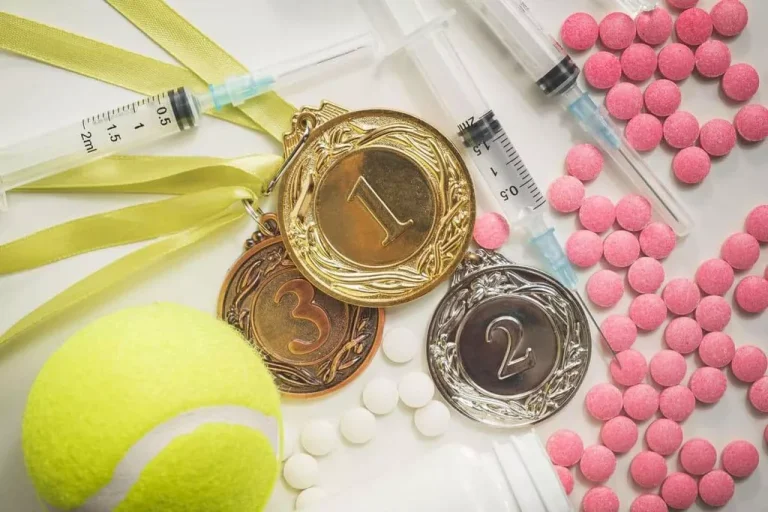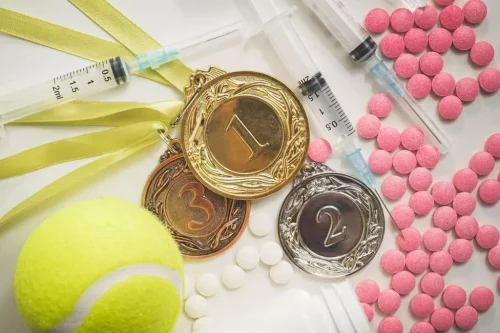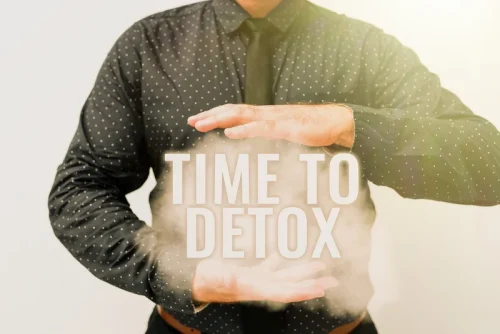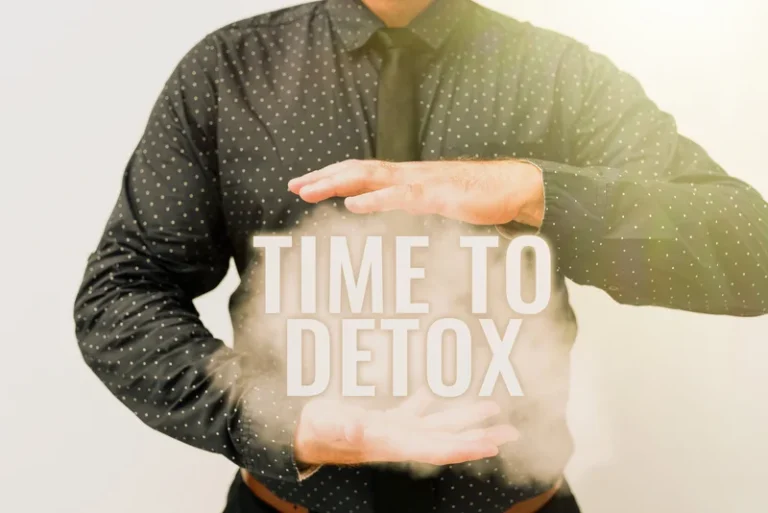
This comedown phase can result in sadness, tiredness, or anxiety as the body and brain recover from the intense stimulation caused by MDMA. According to one study, molly is detectable in urine as early as 25 minutes after ingesting high doses, and it typically remains detectable for 2–4 days. Underlying health conditions may also Substance abuse affect how efficiently your body processes and eliminates MDMA. Whether you’re anticipating a drug test or contemplating seeking addiction treatment, comprehending the intricacies of Molly’s detection in urine is essential.
Hair
Once metabolized, ecstasy is cleared from the bloodstream and exits the body. Ecstasy, also called MDMA, is a synthetic party drug that powerfully affects perception and mood 1. Commonly used at clubs, parties, and concerts, MDMA is popular because it can create intense feelings of happiness, energy, and emotional closeness with others. This drug combines stimulant and hallucinogenic properties, meaning it not only boosts energy but can also alter sensory experiences, making sounds, colors, and lights feel more intense.
UK Cough Syrup Could Be Prescription-Only Over Addiction Fears
- Blood tests are less common than urine tests for detecting MDMA, mainly because they are invasive and have a shorter detection period.
- Anchored Tides Recovery offers specialized addiction treatment programs tailored to women, combining evidence-based therapies and holistic approaches to promote lasting recovery.
- The duration of these effects typically lasts for about 3 to 6 hours, depending on the individual’s metabolism and dosage.
- Molly, short for MDMA (3,4-methylenedioxy-methamphetamine), is a synthetic psychoactive drug that alters mood and perception.
MDMA has a half-life (the amount of time it takes a drug’s active substance to reduce from peak influence to half) of about 8 hours. After this time, around half of the drug will be passed through your system. Traces of ecstasy can be detected in your hair and hair follicles for up to 3 months after ingestion. This is due to small amounts of the drug entering blood vessels which then feed your hair follicles.

Need help getting addiction treatment?

MDMA’s half-life is 8 to 9 hours, which means that 50% of the drug is removed from your system after this time 6. It usually takes 40 hours until 95% of MDMA is eliminated from the body, although traces of the drug can stay in your body longer. MDMA changes how your brain works by increasing the activity of neurotransmitters 2. These chemical messengers control things like mood, energy, and feelings. The main ones affected by MDMA are serotonin, dopamine, and norepinephrine.
How Do You Get Ecstasy Out Of Your System?
If a person takes MDMA while breastfeeding, the drug can pass into their breastmilk and be transferred to their baby 7. MDMA can stay in breast milk for up to 48 hours, which means women who are breastfeeding should avoid using the drug completely. MDMA shows up in urine relatively quickly, usually within about 25 minutes. For most people, molly can be found in urine for 2 to 4 days after use.

Serotonin is responsible for feelings of happiness and well-being, so when MDMA causes a big release of this chemical, people feel a sense of euphoria and emotional closeness to others. By clicking the “Check Insurance Coverage” button and submitting this form, I affirm that I have read and agree to this Site’s Terms & Conditions and Privacy Policy. I consent to receive SMS text messages to my cell number provided above for notifications, alerts, and general communication purposes including promotions from a paid advertiser. I understand that I am not required to provide my consent as a condition of purchasing any products or services.
How Long Does It Take to Detox From Ecstasy?

Beyond physical health, MDMA misuse can disrupt relationships, affect work or academic progress, and reduce overall well-being. What may start as occasional use during social events can gradually lead to dependence, affecting daily life and creating emotional, financial, and social challenges. Professional treatment supports recovery while providing a structured path to restoring balance, how long does mdma stay in urine rebuilding relationships, and achieving a healthier, more fulfilling life without party drugs. If you’re suffering from ecstasy abuse and feel that you need help in managing your relationship with the drug, there are many specialist treatment centers that can offer their services. These can include therapy, counseling, outpatient treatment, and residential stays in rehab facilities.